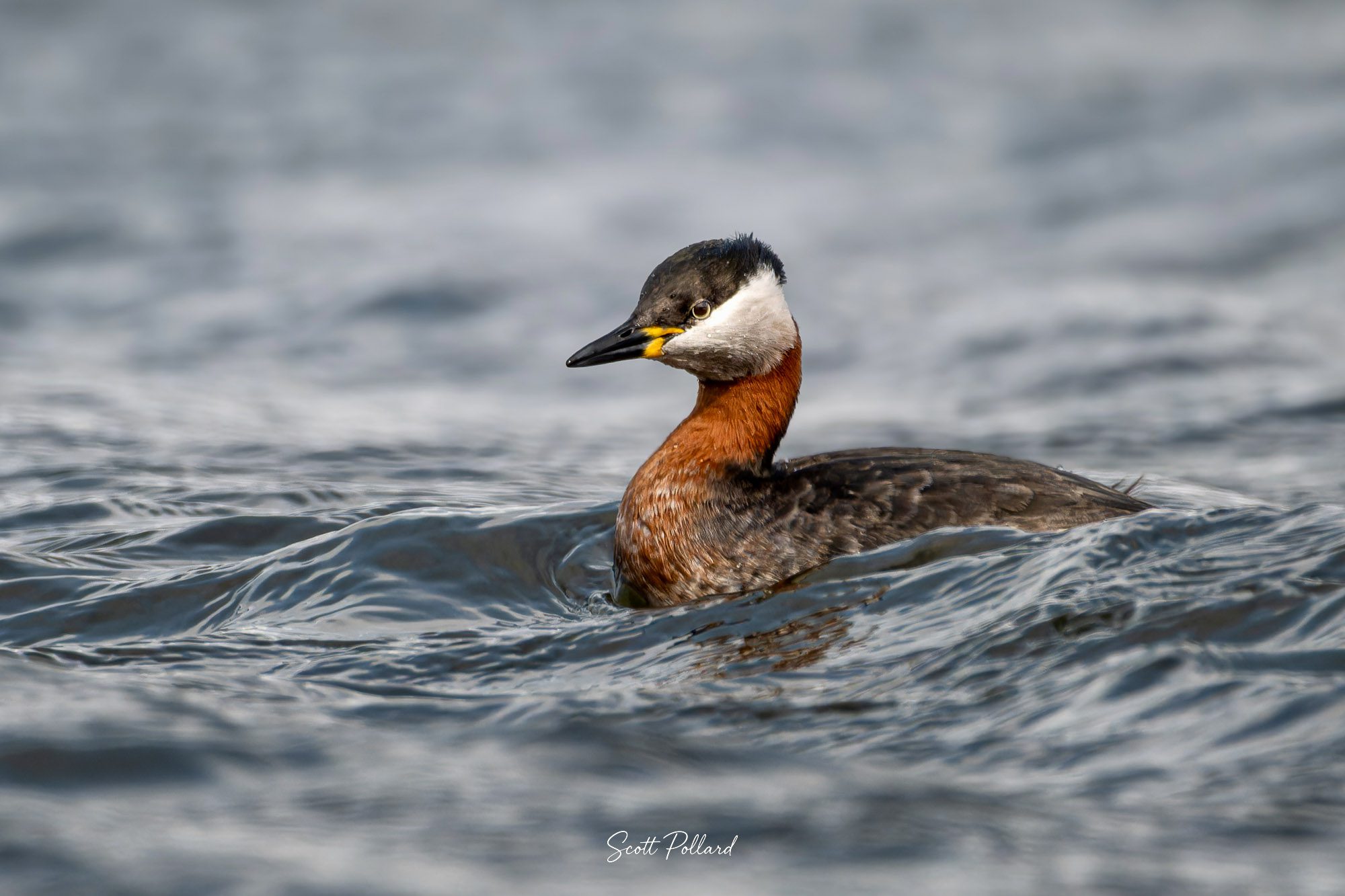When people think of wildlife photography, they often picture remote forests, dramatic coastlines, or exotic destinations.
The truth is, you don’t have to travel far — sometimes the best shots are waiting just around the corner.
I’m lucky to have accessible woodland right behind my home, and it’s packed with life if you slow down and really look.
Pigeons, often overlooked in the city centre, can be just as fascinating as any rare bird if you take the time to notice their behaviours and personalities.
Wherever you are — there’s wildlife waiting for you.

Discovering Local Gems
One of my closest spots is Brockholes Nature Reserve — just a short trip away. It’s a fantastic place to spot a wide range of species, from water birds to deer.
I’m also only an hour’s drive from the coast, which opens up a completely different set of photography opportunities.
And yet, some of my favourite experiences happen right in the woods behind my house.
No entry fee. No long drive. Just nature doing its thing.
Tip: Don’t overlook what’s on your doorstep. Even a familiar path can reveal new surprises if you change the time of day, the season, or just slow down a little more.
Everyday Wildlife Wonders
One of my most memorable moments came when I was walking up Malham Cove.
I’d had spotted flycatcher on my list for ages — and there it was, doing exactly what its name promised.
The next day? I saw another spotted flycatcher in the woods behind my house. Proof that sometimes, the magic is closer than you think.
I’ve also been lucky with kingfishers. Over the years, I’ve often found them living near the places I’ve called home. Their sudden flashes of electric blue never get old.
Changing How I Explore
I mostly drive to nature spots, which I know is a privilege not everyone has. But more recently, I’ve made a conscious effort to explore the woods on foot, more regularly and more slowly.
Every walk, even just half an hour, reveals something new.
Even in my own garden, I’ve created a rewilded area — and it’s paid off.
Birds, hedgehogs, and even the odd fox have visited, all without me leaving home.
Wildlife photography as a hobby isn’t always about ticking species off a list — it’s about noticing and appreciating what’s already around you.
Seasons Change, So Does Wildlife
In winter, my photography slows down a bit.
Shorter days mean I usually get out on weekends only.
But as the lighter nights of spring and summer return, those quick evening walks turn into brilliant mini-adventures with my camera.
Every season brings something different — and learning to embrace that rhythm has made wildlife photography even more rewarding.
Final Thought
You don’t have to chase the perfect spot or the rarest bird to enjoy wildlife photography.
Sometimes the most beautiful, meaningful moments are waiting right outside your door.
Start where you are.
Notice what’s already living alongside you.
Celebrate the common, the everyday, the overlooked.
Because in the end, it’s not about the distance you travel — it’s about how closely you’re willing to look.








